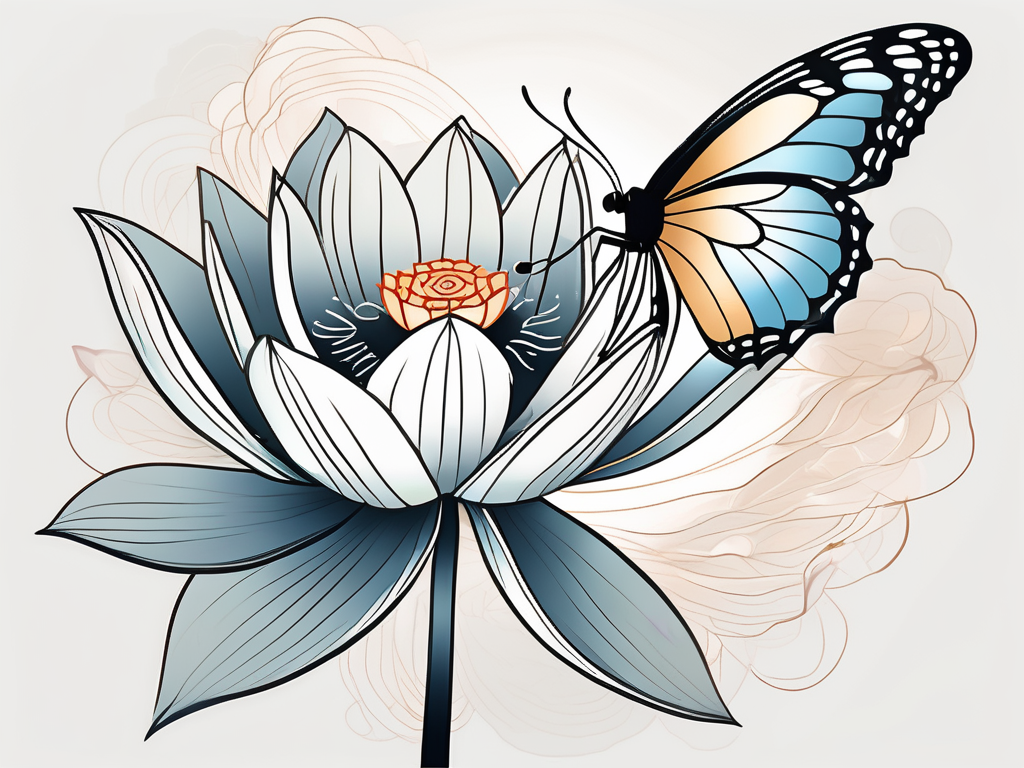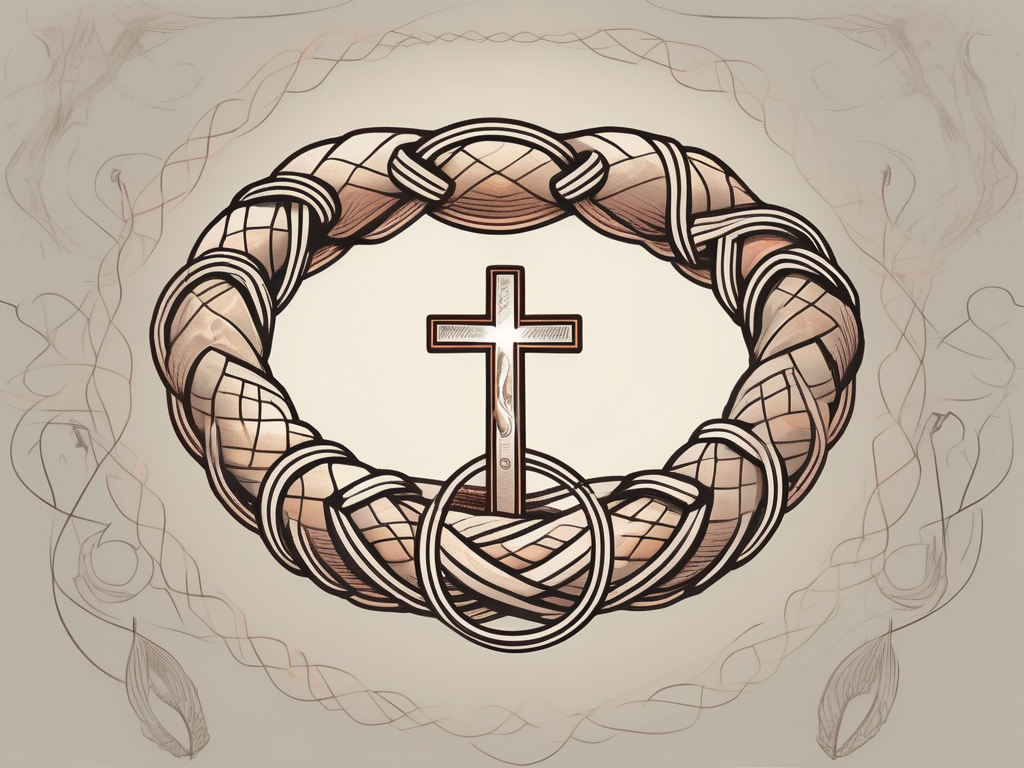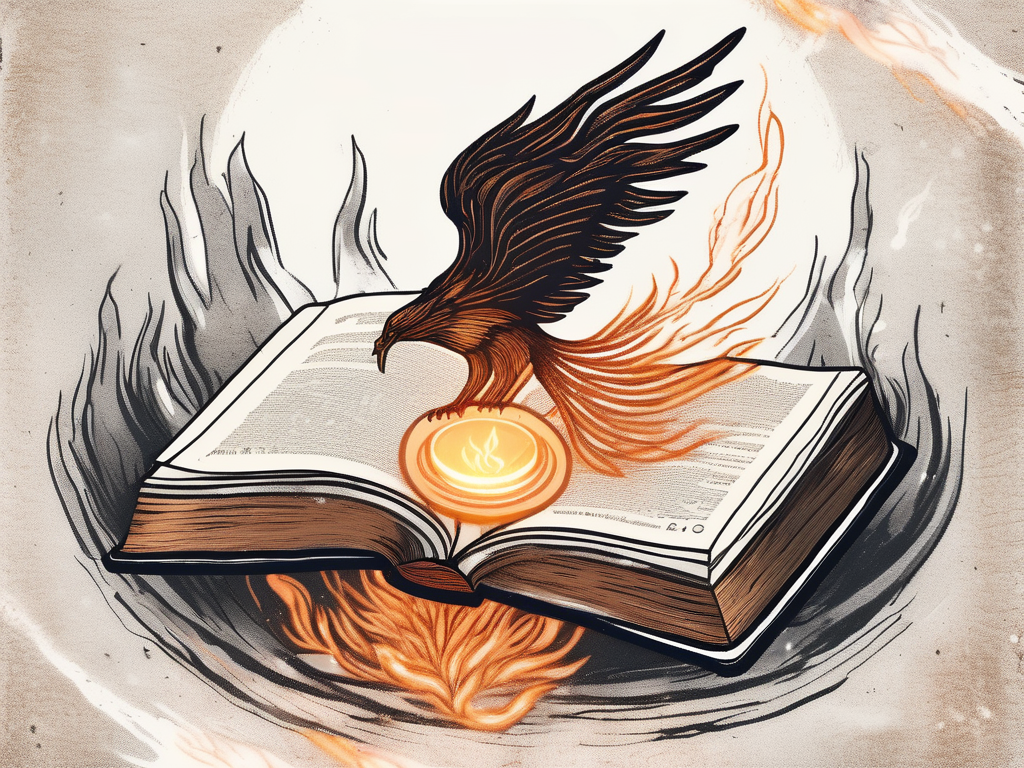Do you ever wonder what happens after we die? In Buddhism, the concept of reincarnation provides some fascinating insights into this eternal question. In this article, we will explore ten intriguing facts about reincarnation in Buddhism, shedding light on the understanding, process, beliefs, and controversies surrounding this ancient practice. So, let’s dive into the mysterious world of reincarnation!
Understanding the Concept of Reincarnation
Buddhism views reincarnation as the cycle of birth, death, and rebirth. It suggests that after death, the soul or consciousness is reborn into a new body, continuing the journey of existence. This belief is deeply rooted in the core teachings of the Buddha.
Reincarnation, also known as samsara, is a fundamental concept in Buddhism that offers a unique perspective on the nature of life and death. It provides a framework for understanding the interconnectedness of all beings and the potential for spiritual growth and enlightenment.
When exploring the concept of reincarnation, it is essential to delve into its origin and history in Buddhism, as well as the role of karma in shaping one’s future lives.
The Origin and History of Reincarnation in Buddhism
The concept of reincarnation in Buddhism can be traced back to its founder, Siddhartha Gautama, who became the Buddha. Born in ancient India, Siddhartha embarked on a spiritual journey that led him to profound realizations about the nature of existence.
During his quest for enlightenment, Siddhartha discovered the cycle of birth, death, and rebirth. He recognized that life is characterized by suffering and sought to find a way to transcend this cycle and attain liberation.
The Buddha’s teachings on rebirth were passed down orally for centuries before being recorded in written texts. These teachings formed the basis of Buddhist philosophy and became an integral part of the religion’s belief system.
Over time, different Buddhist sects shaped their interpretations of reincarnation, resulting in variations across regions such as Theravada Buddhism in Southeast Asia and Mahayana Buddhism in East Asia. Despite these variations, the core concept of reincarnation remains central to all Buddhist traditions.
The Role of Karma in Reincarnation
Karma, the law of cause and effect, plays a crucial role in reincarnation. It dictates that our actions in this life, both positive and negative, will have consequences in future lives. Good deeds may result in a favorable rebirth, while negative actions may lead to a more challenging existence.
According to Buddhist teachings, karma is not a form of punishment or reward but rather a natural consequence of our choices and intentions. It is believed that the accumulation of karma influences the circumstances and conditions of our future lives.
Understanding the role of karma in reincarnation provides a moral framework for individuals to cultivate virtuous qualities and engage in compassionate actions. By living ethically and mindfully, Buddhists aim to create positive karma and improve their chances of attaining enlightenment and breaking free from the cycle of rebirth.
Furthermore, the concept of karma emphasizes personal responsibility and accountability for one’s actions. It encourages individuals to reflect on their intentions and the potential impact of their choices on themselves and others.
In conclusion, the concept of reincarnation in Buddhism offers a profound perspective on the nature of existence. It provides a framework for understanding the interconnectedness of all beings and the potential for spiritual growth and enlightenment. By exploring the origin and history of reincarnation in Buddhism and the role of karma, individuals can gain a deeper understanding of this fundamental concept and its significance in their own lives.
The Process of Reincarnation in Buddhism
Reincarnation involves a fascinating journey from one life to the next. Let’s explore two critical aspects: the transitional state called Bardo, the role of consciousness, and the profound implications they have on the cycle of birth and death.
The Bardo State: Transition Between Lives
According to Tibetan Buddhism, at the moment of death, the soul enters a state known as Bardo. This intermediate state serves as a passage between one life and the next. It is a unique and transformative period where individuals have an opportunity to attain enlightenment before taking rebirth.
During the Bardo state, the departing soul experiences a series of vivid and often intense visions. These visions are said to be reflections of the individual’s past actions, thoughts, and desires. They serve as a mirror, offering a chance for self-reflection and understanding.
Various prayers, rituals, and meditative practices are performed to guide the departing soul through the Bardo state. These practices aim to provide aid and a path toward liberation. Monks and loved ones recite sacred texts, offer blessings, and create a peaceful environment to support the soul’s journey.
It is believed that the state of mind during the Bardo greatly influences the individual’s next rebirth. If one can maintain a calm and focused mind, free from attachment and aversion, they may be able to attain enlightenment and break free from the cycle of birth and death.
The Role of Consciousness in Reincarnation
Central to the understanding of reincarnation is the concept of consciousness. Buddhism teaches that consciousness, also known as the mindstream, carries imprints from previous lives. It travels from one body to another, bringing with it karmic potential.
Imagine consciousness as a river flowing through time, carrying the accumulated experiences, habits, and tendencies from one life to the next. Just as a river shapes the landscape it passes through, consciousness shapes the individual’s thoughts, emotions, and actions.
Through meditation and self-reflection, practitioners seek to understand and cleanse their consciousness. By cultivating awareness and mindfulness, they aim to purify the mindstream, gradually releasing the karmic imprints that bind them to the cycle of birth and death.
It is believed that by breaking free from the limitations of conditioned existence, one can attain a state of ultimate liberation, known as Nirvana. This state transcends the cycle of birth and death, offering a profound sense of peace, freedom, and enlightenment.
Reincarnation, with its intricate processes of Bardo and the role of consciousness, provides a profound framework for understanding the nature of existence in Buddhism. It invites individuals to explore the depths of their being, to seek liberation from suffering, and to embark on a transformative journey towards enlightenment.
Notable Reincarnation Beliefs in Different Buddhist Sects
Reincarnation beliefs can vary across the diverse Buddhist sects. Here, we explore two prominent schools of thought: Theravada Buddhism and Mahayana Buddhism.
Reincarnation in Theravada Buddhism
Theravada Buddhism, followed mainly in Southeast Asia, holds a more individualistic view of reincarnation. It emphasizes personal strive for enlightenment, aiming for spiritual liberation through self-discipline and meditation.
In Theravada, enlightened individuals, known as arhats, break free from the cycle of rebirth and attain Nirvana, the ultimate goal of Buddhism.
Arhats are revered for their exceptional wisdom and compassion. They serve as role models for Theravada practitioners, inspiring them to cultivate mindfulness, concentration, and insight. Through diligent practice, individuals in this tradition hope to reach a state of enlightenment where they can transcend the cycle of birth and death.
Theravada Buddhism places great importance on the individual’s responsibility for their own spiritual progress. It encourages practitioners to develop a deep understanding of the nature of suffering and the causes of suffering. By doing so, they can break free from the cycle of rebirth and achieve liberation.
Reincarnation in Mahayana Buddhism
Mahayana Buddhism, prevalent in East Asia, emphasizes compassion and the salvation of all beings. In this branch, the concept of Bodhisattva arises. A Bodhisattva is an enlightened being who voluntarily chooses to be reincarnated to guide others toward liberation.
The Bodhisattva ideal is central to Mahayana Buddhism. These compassionate beings postpone their own entry into Nirvana to assist others on their spiritual journey. They vow to remain in the cycle of birth and death until all sentient beings are liberated from suffering.
Mahayana practitioners aspire to become Bodhisattvas themselves, dedicating their lives to the welfare of others. They cultivate virtues such as generosity, patience, and loving-kindness, aiming to alleviate suffering and promote harmony in the world.
The belief in Bodhisattvas gives Mahayana Buddhists a sense of purpose and interconnectedness. It encourages them to view all beings as potential Buddhas and to extend their compassion and assistance to all sentient beings, regardless of their spiritual progress.
Furthermore, Mahayana Buddhism encompasses a rich pantheon of deities and celestial beings. These divine figures are seen as manifestations of enlightened qualities and serve as objects of devotion and inspiration for practitioners.
Throughout history, Mahayana Buddhism has given rise to various schools and traditions, each with its own unique practices and beliefs. However, the common thread that unites them all is the aspiration to attain Buddhahood for the benefit of all sentient beings.
The Reincarnation of Buddhist Masters
Buddhism has witnessed remarkable cases of recognized reincarnations, particularly in the form of Buddhist masters. Let’s explore two examples: the Dalai Lama and the search for Tulkus in Tibetan Buddhism.
The Dalai Lama: A Continuous Line of Reincarnations
In Tibetan Buddhism, the Dalai Lama is believed to be the reincarnation of the bodhisattva Avalokiteshvara. Each Dalai Lama is discovered through a series of spiritual tests and signs, ensuring the preservation of the lineage.
The concept of the Dalai Lama’s reincarnation dates back to the 14th century when the first Dalai Lama, Gedun Drub, was recognized. Since then, the lineage has continued unbroken, with each Dalai Lama being identified and enthroned as the spiritual leader of Tibet.
Throughout history, the Dalai Lamas have played vital roles in Tibetan religious and political life, serving as spiritual leaders and promoting peace and compassion. They have been revered figures, guiding their followers on the path to enlightenment and advocating for the welfare of all sentient beings.
Each Dalai Lama’s reincarnation is a significant event, eagerly anticipated by Buddhists around the world. The search for the next Dalai Lama involves a meticulous process, with spiritual leaders, scholars, and officials coming together to identify the child who embodies the qualities and wisdom of the previous Dalai Lama.
Once identified, the child undergoes a rigorous training program, receiving education in Buddhist philosophy, meditation, and other spiritual practices. This preparation ensures that the Dalai Lama is equipped with the knowledge and skills necessary to fulfill his role as a spiritual guide and leader.
The Search for Reincarnated Tulkus in Tibetan Buddhism
Tibetan Buddhists also actively search for reincarnated tulkus, the recognized rebirths of highly attained masters. This process involves extensive rituals and investigations to identify children exhibiting signs of the previous master’s qualities, knowledge, and memories.
The search for tulkus is a crucial aspect of Tibetan Buddhism, as it allows the teachings and wisdom of the previous masters to be carried forward to future generations. It is believed that these tulkus possess a deep spiritual connection and have the potential to continue the work of their predecessors.
When a potential tulku is identified, a team of experienced monks and scholars conduct a series of tests and observations to confirm the authenticity of the reincarnation. These tests may include reciting prayers, identifying personal belongings of the previous master, and demonstrating knowledge of sacred texts.
If the child passes these tests, they are recognized as a tulku and are given the necessary support and guidance to develop their spiritual potential. They receive teachings from experienced masters, engage in intensive meditation practices, and learn the rituals and traditions of their lineage.
The search for tulkus is not limited to Tibet alone. It extends to other regions influenced by Tibetan Buddhism, such as Bhutan, Nepal, and parts of India. This widespread search reflects the commitment of the Buddhist community to preserve and propagate the teachings of their revered masters.
By recognizing and nurturing the reincarnations of Buddhist masters, Tibetan Buddhists ensure the continuity of their spiritual traditions and the dissemination of profound wisdom and compassion to future generations.
Debates and Controversies Surrounding Reincarnation
While reincarnation holds deep spiritual significance, it has also sparked debates and controversies. Let’s examine two thought-provoking aspects: scientific views and the concept of Anatta (No-Self).
Scientific Views on Reincarnation
Reincarnation is a topic that piques the curiosity of many, including scientists. While empirical evidence supporting the existence of past lives remains limited, intriguing accounts of past-life memories and near-death experiences continue to fuel scientific investigations.
Researchers explore the possibilities of consciousness and memory transcending physical death, aiming to bridge the gap between the spiritual and scientific realms.
Reincarnation and the Concept of Anatta (No-Self)
The doctrine of Anatta, or No-Self, is a fundamental concept in Buddhism. It asserts that there is no permanent, unchanging self or soul. Instead, a person is an ever-changing combination of physical and mental factors.
This raises questions about how reincarnation operates when there is no fixed self to be reborn. Buddhist scholars and practitioners engage in philosophical debates and reflections, exploring the intricate relationship between consciousness, karma, and the absence of a self.
Conclusion
Reincarnation in Buddhism is a captivating subject that explores the mysteries of life, death, and the eternal journey of the soul. From understanding the origins and history of reincarnation to exploring different beliefs and the fascinating experiences of Buddhist masters, the concept of rebirth offers us insights into the nature of existence.
While debates and controversies surround reincarnation, the ongoing exploration of scientific evidence and philosophical reflections continues to deepen our understanding of this age-old practice.
As we navigate through the marvels of reincarnation, may we find wisdom, compassion, and a greater appreciation for the interconnectedness of all beings.











